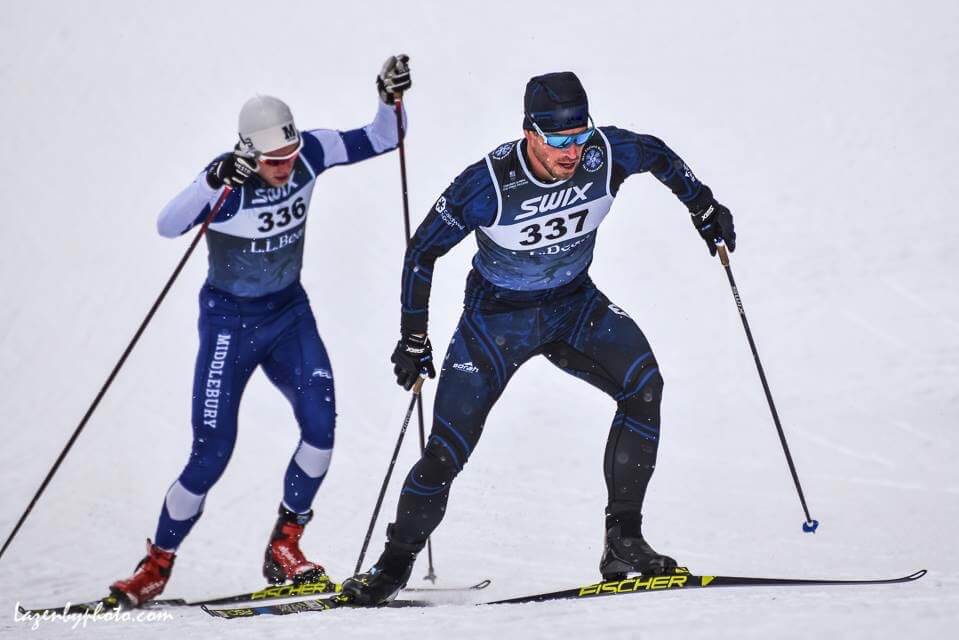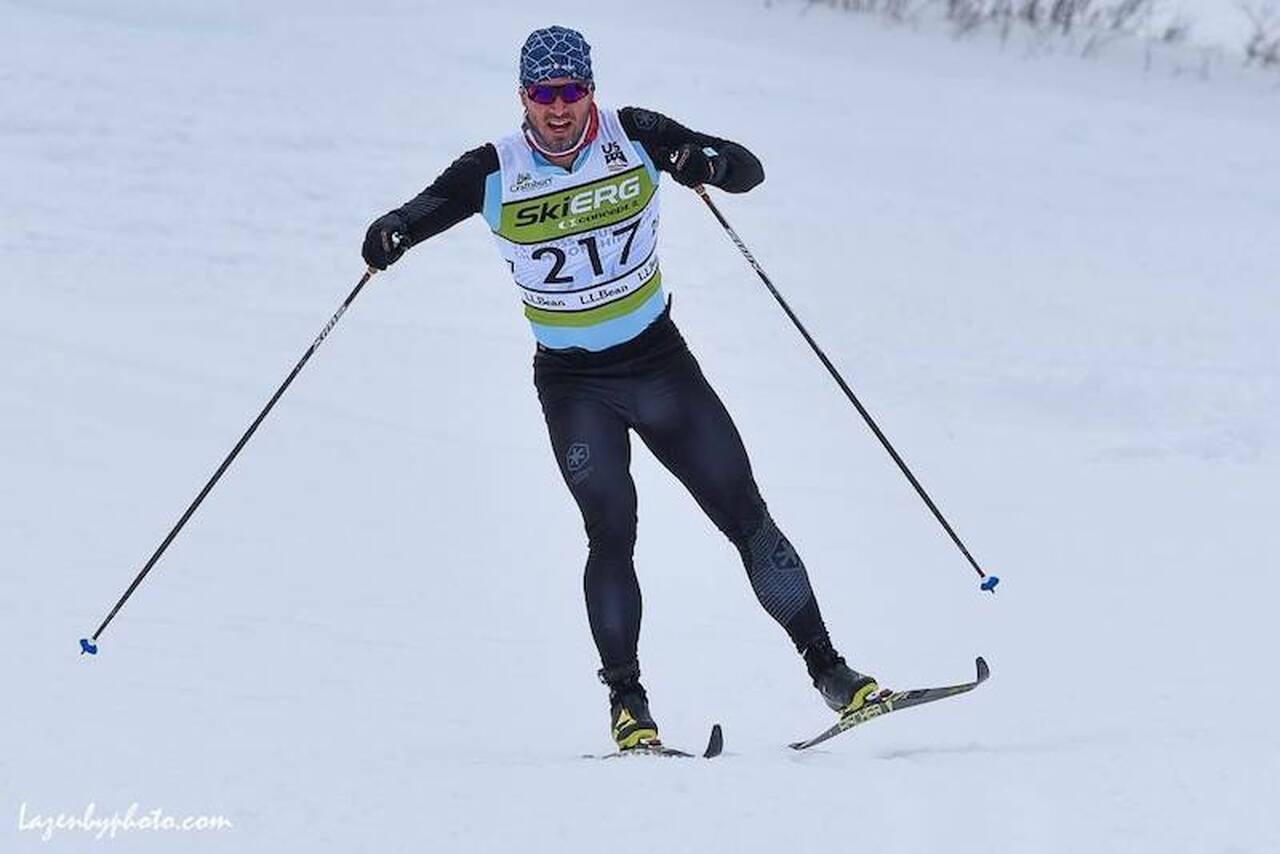Kris Freeman is a retired World Cup skier still competing nationally at nordic ski events. A four-time Olympian, U-23 World Champion and 17-time National Champion, he’s twice raced the American Birkebeiner and has suggestions on making the most of summer training to stem Birkie fever…
So you’re hoping to improve in the next year. What can a mid-pack skier do generally in the summer to take steps forward, perhaps to the elusive next wave?
Cross Country skiing is a full body sport and most summer training modes like running and biking only use the legs. To balance this it is important to spend a large percentage of your rollerski time doing double pole. Double Pole will simultaneously increase upper body aerobic capacity and increase strength. Double Poling is also the easiest technique to perform for beginning roller skiers. Depending on the athlete’s starting fitness and skiing level I would recommend starting at :20 minutes with a goal of being able to double pole over rolling terrain at a good pace for 2:00 by the end of dryland season. Remember that double poling IS NOT double pole with kick. NO cheating!
What are your go-to summer events to stay in race form?
My Summer training is far less specific than it was when I was a full time World Cup racer. But even at the peak of my career I would compete in a few triathlons every summer. The body awareness that is needed for swimming is very similar to that of XC skiing. I also find that swimming increases my upper body flexibility and I have less overall back, shoulder and hip injuries when I hit the pool/lake regularly. Biking was my go to method for over distance sessions in the spring and early summer because of its low physical impact and running was part of my training plan year round so I was always fairly well prepared to race triathlon. Now that I am retired from the international racing scene I am dedicating more time to my triathlon endeavors and will be competing in my first full length ironman this summer.

How can one balance specific ski training with more general outdoor efforts to get the most out of the season?
I skied professionally for 20 years and in that time I had many different teammates. They all had offseason sports and training modes that they enjoyed most. When given a choice of activities some of them would mt bike, while others would choose rock climbing, kayaking, trail running, etc. The favorite mode would be a greater percentage of their overall training than other skiers, but the best athletes would always balance their efforts with specific training sessions. I didn’t really have a favorite non-skiing sport as I enjoyed most any outdoor aerobic adventure. However I would plan to have a greater percentage of my training be non-specific in the spring and early summer before ratcheting up the specificity in late summer and early fall. The other factors would be what the outdoor conditions were best for at a certain time of year. I would kayak 6+ hours a week in the spring because the river near my house runs high in May and June. When the river settled in July, the MT Bike trails would finally dry out so I would increase my cycling hours. Around this time water in the lakes would warm up to the point that I no longer needed a wetsuit so I would be more inclined to swim. However while I was adapting my training to the environment I was also being sure to balance whatever new activity I was doing with specific training. When I was kayaking a lot I would counter the workouts with more leg work like skate roller-skiing and MT Running. When I was cycling more I would increase my time double pole roller-skiing. Each individual athlete can have different ratios of training modes and periodization. What sets the fastest skiers apart is that no matter what they are doing, they never forget they are skiers.
